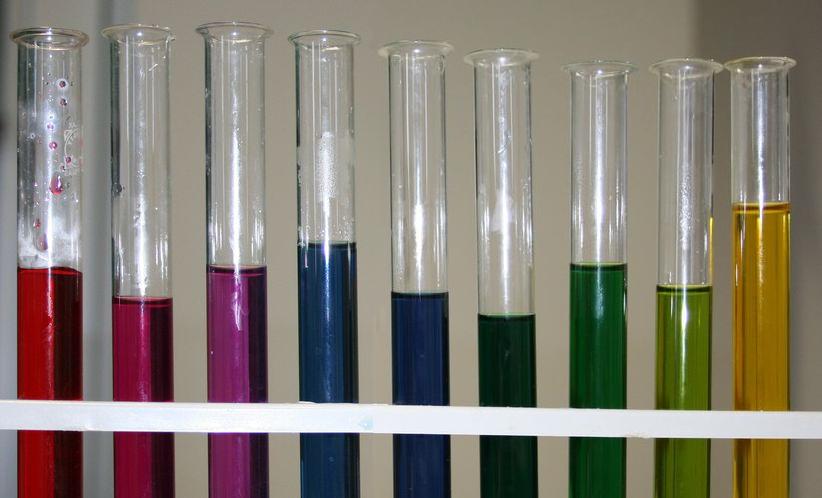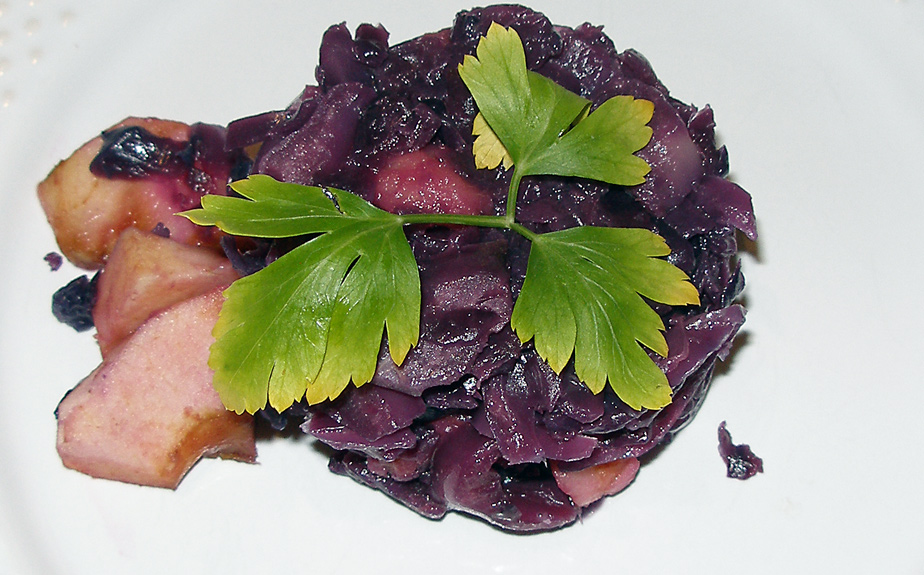By Alastair Culham
Cabbages include a great variety of crop species and selections but today’s featured cabbage the the staple of Christmas lunch, the red cabbage. For me, there is also the link to our Biodiversity Field Course in Andalusia where each year I prepare a boiled cabbage extract to use as a pH indicator for field studies. It’s great for the study of pH transitions in sand dune systems.


Red cabbage contains a range of health enhancing chemicals including glucosinolates (mustard oils) and anthocyanins (pH sensitive pigments), beta-carotene and vitamin C (Jagdish Singh et al. 2006; Tabart et al. 2018). Some of these are destroyed by cooking so it’s important not to overcook your red cabbage during preparation.
So that’s origin and benefits of red cabbage, but why is it red? The red colouration is caused by plentiful ocurrence of anthocyanins in the leaves but the genetic mechanisms that underly the red colouration proved complex. In 2009, Yuan et al. proposed that the red colouration is due to up-regulation of the genes that synthesise anthocyanins and this seemed to make a lot of sense but research pu blished in 2018 (Song et al.) showed that it was the lack of expression in an inhibitor gene that allowed anthocyanin to be over expressed. So our red cabbages are red (or purple or blue or green, depending on pH) due to the loss of the inhibitor BoMYBL2–1 gene expression, or even total loss of the gene in some cultivars. It also looks as if red cabbage has arisen several times independently in cultivation and has been selected by people for its colour.
So now you know. Enjoy your Christmas red cabbage perhaps following this recipe from BBC food which is one of the many receipes including apple and spices to enhance the cabbage for your Christmas lunch.

References
Hildegard, & Throop, P. (1998). Hildegard von Bingen’s Physica: the complete English translation of her classic work on health and healing. Rochester, Vt, Healing Arts Press.
Jagdish Singh, A.K. Upadhyay, A. Bahadur, B. Singh, K.P. Singh, Mathura Rai (2006). Antioxidant phytochemicals in cabbage (Brassica oleracea L. var. capitata), Scientia Horticulturae, 108: 233-237. https://doi.org/10.1016/j.scienta.2006.01.017
Maggioni, Lorenzo (2015). Domestication of Brassica oleracea L. Diss. (sammanfattning/summary) Alnarp : Sveriges lantbruksuniv., Acta Universitatis Agriculturae Sueciae, 1652-6880 ; 2015:74
Song, H., Yi, H., Lee, M. et al. (2018). Purple Brassica oleracea var. capitata F. rubra is due to the loss of BoMYBL2–1 expression. BMC Plant Biol 18, 82 doi:10.1186/s12870-018-1290-9
Tabart, J., Pincemail, J., Kevers, C. et al. (2018). Processing effects on antioxidant, glucosinolate, and sulforaphane contents in broccoli and red cabbage. Eur Food Res Technol 244: 2085. https://doi.org/10.1007/s00217-018-3126-0
Yuan, Y., Chiu, LW. & Li, L. (2009). Transcriptional regulation of anthocyanin biosynthesis in red cabbage. Planta, 230: 1141. https://doi.org/10.1007/s00425-009-1013-4
Day 6 – Day 8
